Home>Furniture & Design>Outdoor Furniture>How To Make Outdoor Water Fountain
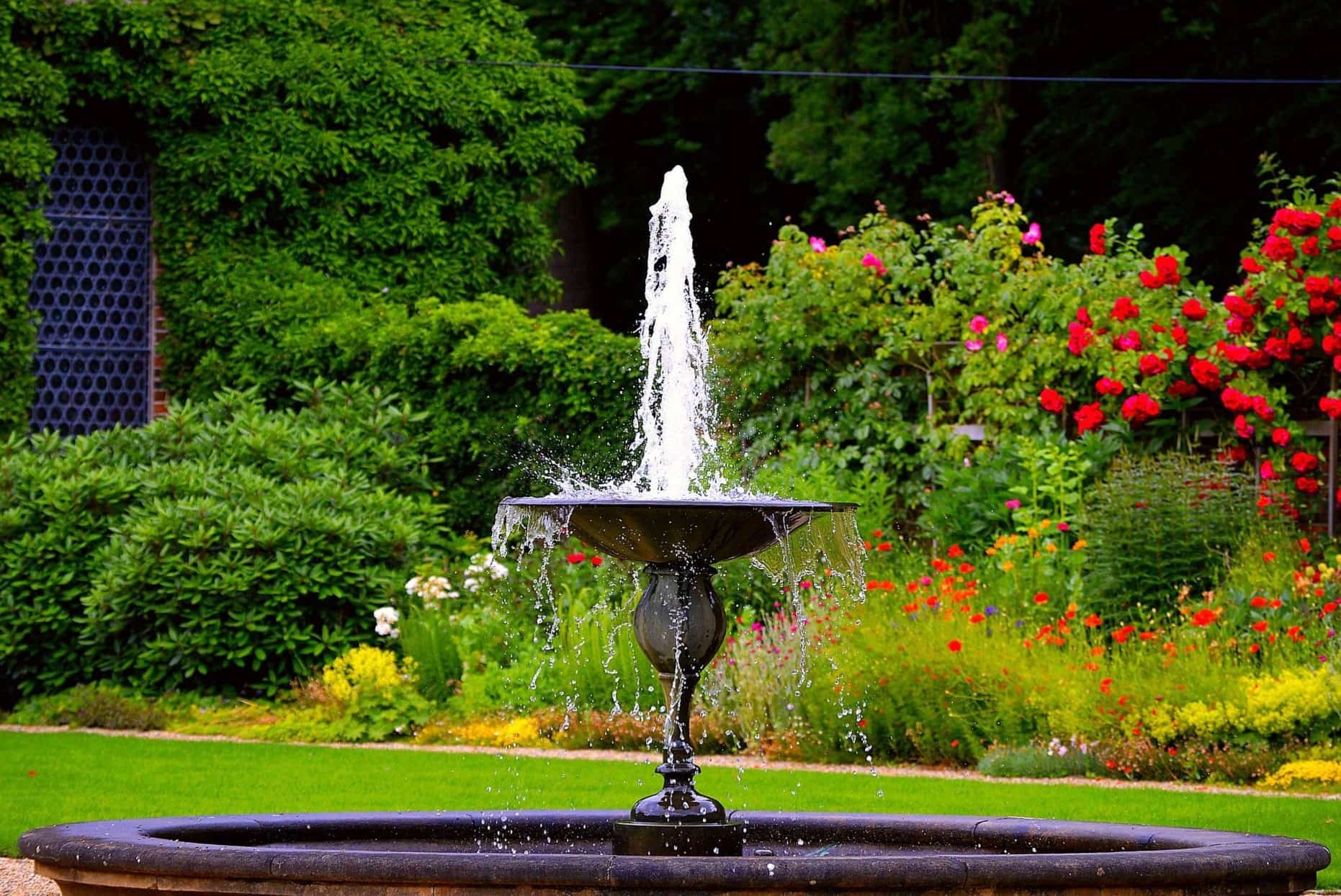

Outdoor Furniture
How To Make Outdoor Water Fountain
Modified: February 12, 2024
Discover how to create a stunning outdoor water fountain with our expert tips and ideas. Elevate your outdoor space with our outdoor furniture and design inspiration. Unlock the potential of your garden today!
(Many of the links in this article redirect to a specific reviewed product. Your purchase of these products through affiliate links helps to generate commission for Storables.com, at no extra cost. Learn more)
Introduction
Are you looking to add a touch of tranquility and elegance to your outdoor space? A beautiful outdoor water fountain can be the perfect solution. The gentle sound of flowing water can create a serene and relaxing atmosphere, turning your garden, patio, or backyard into a peaceful oasis where you can unwind and enjoy the soothing effects of nature.
In addition to its aesthetic appeal, an outdoor water fountain can also attract birds and wildlife, adding a delightful touch of nature to your surroundings. Whether you're a seasoned DIY enthusiast or a novice looking for a rewarding project, creating your own outdoor water fountain can be a fulfilling and enjoyable endeavor.
In this comprehensive guide, we'll walk you through the step-by-step process of designing and building your own outdoor water fountain. From choosing the right location to assembling the fountain and maintaining its pristine condition, you'll gain valuable insights and practical tips to bring your vision to life. So, roll up your sleeves, gather your materials, and let's embark on this exciting journey to transform your outdoor space with a stunning water feature.
Key Takeaways:
- Create a serene oasis: Build a custom outdoor water fountain to add tranquility and elegance to your outdoor space, attracting wildlife and providing a soothing atmosphere for relaxation.
- Maintain a captivating feature: Regularly clean, monitor water quality, and inspect components to preserve the beauty and functionality of your outdoor water fountain, ensuring a lasting and enriching addition to your outdoor sanctuary.
Read more: How To Clean An Outdoor Water Fountain
Choosing the Right Location
Before diving into the construction of your outdoor water fountain, it’s crucial to carefully select the perfect spot for this captivating feature. Consider the following factors when choosing the location:
- Visibility: Opt for a location where the fountain will be prominently visible and can be admired from various vantage points in your outdoor space. This will ensure that the fountain becomes a focal point, adding aesthetic value to the surroundings.
- Electrical Accessibility: If your fountain requires a power source for features such as lights or a pump, ensure that the chosen location is within reach of an electrical outlet. If not, you may need to plan for an extension cord or consult an electrician for a safe and efficient power supply.
- Proximity to Water Source: If your fountain design involves a continuous water supply, such as a recirculating pump system, consider the proximity to a water source for easy maintenance and refilling.
- Shade and Sunlight: Evaluate the amount of sunlight the location receives throughout the day. While some plants and materials benefit from ample sunlight, excessive exposure can lead to water evaporation and potential overheating of the fountain components. Conversely, too much shade may encourage algae growth.
- Ground Stability: Ensure that the chosen location provides a stable and level surface for the fountain. Uneven ground can lead to structural issues and instability, impacting the functionality and appearance of the fountain.
By carefully assessing these factors, you can identify the ideal location for your outdoor water fountain, setting the stage for a visually stunning and harmoniously integrated feature in your outdoor living space.
Selecting the Fountain Type
When it comes to outdoor water fountains, the variety of styles and designs can be both exciting and overwhelming. Before diving into the construction phase, take the time to explore the different types of fountains available and consider which best complements your outdoor space and personal preferences. Here are some popular fountain types to consider:
- Wall-Mounted Fountains: Ideal for smaller outdoor spaces, wall-mounted fountains can add a touch of elegance to a patio or garden wall. These fountains often feature intricate designs and cascading water effects, creating a captivating visual and auditory experience.
- Free-Standing Tiered Fountains: With their classic and timeless appeal, tiered fountains are a popular choice for larger outdoor areas. The tiered design allows water to gracefully flow from one level to another, producing a soothing and mesmerizing effect.
- Statuary Fountains: Incorporating artistic elements, statuary fountains feature sculptural designs and ornate details. These fountains can serve as striking focal points, adding a touch of artistry and sophistication to your outdoor setting.
- Rock or Boulder Fountains: For a natural and rustic ambiance, rock or boulder fountains blend seamlessly with garden landscapes. The organic shapes and textures of the rocks create a harmonious fusion with the surrounding greenery, evoking a serene and picturesque atmosphere.
- Modern and Abstract Fountains: Embracing contemporary aesthetics, modern and abstract fountains offer sleek and innovative designs that can complement modern architectural styles and minimalist outdoor settings.
Consider the overall theme and ambiance of your outdoor space, as well as your personal style preferences, when selecting the fountain type. Whether you envision a traditional, ornate fountain or a sleek, modern centerpiece, choosing the right fountain type sets the stage for a captivating and harmonious addition to your outdoor environment.
Gathering Materials and Tools
Before you embark on the construction of your outdoor water fountain, it’s essential to gather all the necessary materials and tools to ensure a smooth and efficient building process. Here’s a comprehensive list of items you’ll need to bring your fountain to life:
Materials:
- Fountain Basin: The basin serves as the foundation of your fountain, holding the water and housing the pump. Choose a durable and weather-resistant basin that suits the size and design of your fountain.
- Fountain Pump: Select a high-quality pump that is suitable for outdoor use and compatible with the size and flow requirements of your fountain design.
- Fountain Tubing: Tubing is essential for circulating water from the pump to the top of the fountain, creating a continuous water flow. Ensure the tubing is the appropriate length and diameter for your fountain’s specifications.
- Decorative Stones or Pebbles: Adding decorative stones or pebbles to the basin can enhance the visual appeal of your fountain while concealing the pump and tubing for a polished look.
- Fountain Head or Nozzle: Depending on your fountain type, choose a fountain head or nozzle that complements the desired water flow pattern, such as a gentle cascade or a dramatic spray.
- Waterproof Sealant: To secure the tubing and seal any gaps or joints, invest in a waterproof sealant that can withstand outdoor conditions and ensure proper water circulation.
- Electrical Components: If your fountain requires electrical connections, gather extension cords, waterproof electrical connectors, and any other necessary components for a safe and reliable power supply.
- Decorative Elements: Depending on your design preferences, consider incorporating decorative elements such as ceramic accents, LED lights, or ornamental features to personalize your fountain.
Read more: How To Make A Cat Water Fountain
Tools:
- Gloves and Safety Gear: Ensure you have protective gloves and safety gear, especially when handling heavy materials, using power tools, or working with sealants and adhesives.
- Measuring Tape and Level: Accurate measurements and a level surface are crucial for the stability and functionality of your fountain. Have these tools on hand for precise installation.
- Drill and Bits: A drill with the appropriate bits will be essential for creating holes for tubing and securing components in place.
- Adjustable Wrench and Pliers: These versatile tools will aid in assembling and adjusting various fountain components, ensuring a secure and well-fitted construction.
- Utility Knife and Scissors: These tools are handy for cutting tubing, trimming materials, and making precise adjustments during the assembly process.
- Bucket and Cleaning Supplies: Keep a bucket for filling and testing the fountain, as well as cleaning supplies for maintaining the fountain’s pristine condition.
By gathering these materials and tools, you’ll be well-equipped to bring your outdoor water fountain to fruition, creating a captivating and harmonious addition to your outdoor sanctuary.
Assembling the Fountain
With all the materials and tools at the ready, it’s time to embark on the exciting phase of assembling your outdoor water fountain. Follow these step-by-step guidelines to bring your fountain to life:
1. Prepare the Fountain Basin:
Position the fountain basin in the chosen location, ensuring it sits on a stable and level surface. If necessary, make adjustments to achieve optimal stability.
2. Install the Fountain Pump:
Place the fountain pump in the designated area within the basin, ensuring it is securely positioned and level. Connect the tubing to the pump, running it to the desired fountain head or nozzle location.
Read more: How To Make A Tabletop Water Fountain
3. Position the Fountain Head:
Install the selected fountain head or nozzle at the top of the fountain, ensuring a secure and watertight connection. This component will dictate the water flow pattern and visual effect of the fountain.
4. Conceal the Components:
Add decorative stones, pebbles, or other chosen materials to the basin, carefully concealing the pump and tubing while creating an aesthetically pleasing arrangement.
5. Secure and Seal the Tubing:
Use waterproof sealant to secure the tubing in place, ensuring a tight and leak-free connection. Pay close attention to any joints or connections to prevent water leakage.
6. Test the Fountain:
Fill the basin with water, ensuring the pump is fully submerged. Turn on the pump to test the water flow and adjust the fountain head or nozzle as needed to achieve the desired visual and auditory effect.
Read more: How To Make A Musical Water Fountain
7. Make Adjustments:
Observe the fountain in action and make any necessary adjustments to the water flow, positioning of components, or decorative elements to achieve the desired aesthetic and functional outcome.
8. Finalize the Installation:
Once you’re satisfied with the fountain’s performance and appearance, finalize the installation by securing all components, tidying up any exposed wiring or tubing, and ensuring the overall stability and safety of the fountain.
By meticulously following these assembly steps, you’ll bring your outdoor water fountain to life, creating a captivating and serene focal point in your outdoor space. The soothing sound of flowing water and the visual allure of your custom fountain will undoubtedly elevate the ambiance of your outdoor sanctuary.
Adding Water and Testing the Fountain
As your outdoor water fountain nears completion, it’s time to add water and conduct thorough testing to ensure optimal functionality and visual appeal. Follow these essential steps to complete this crucial phase of the fountain installation:
1. Fill the Basin:
Using a garden hose or bucket, carefully fill the fountain basin with water. Take care not to disturb the fountain components or decorative elements while filling the basin to the desired level.
Read more: How To Make A Wall Water Fountain
2. Turn on the Fountain Pump:
Switch on the fountain pump to initiate the water circulation and observe the flow pattern and water distribution. Ensure the pump is functioning smoothly and that the water is reaching the fountain head or nozzle as intended.
3. Adjust Water Flow and Appearance:
Observe the water flow and make any necessary adjustments to the fountain head or nozzle to achieve the desired visual and auditory effect. Whether you prefer a gentle cascade or a dynamic spray, fine-tune the water flow to align with your aesthetic vision.
4. Check for Leaks and Splashes:
Closely inspect the fountain for any signs of water leakage or splashing outside the basin. Address any leaks or splashes promptly to maintain the integrity of the fountain and prevent water wastage or potential damage to surrounding surfaces.
5. Assess the Sound and Ambiance:
Listen to the sound produced by the flowing water and assess its impact on the overall ambiance of your outdoor space. The gentle murmur of water can contribute to a serene and tranquil atmosphere, enhancing the sensory experience of your outdoor sanctuary.
Read more: How To Make A Hummingbird Water Fountain
6. Fine-Tune the Water Level:
Adjust the water level in the basin as needed to achieve the optimal balance between visual appeal and efficient water circulation. Ensure the water level is sufficient to keep the pump submerged while preventing overflow or splashing.
7. Conduct Nighttime Testing (If Applicable):
If your fountain features integrated lighting, conduct nighttime testing to evaluate the visual impact of the illuminated water feature. Ensure the lighting enhances the fountain’s allure and creates a captivating nighttime ambiance.
8. Finalize Adjustments:
Make any final adjustments to the water flow, lighting, and overall appearance of the fountain to achieve a harmonious and captivating addition to your outdoor space.
By meticulously adding water and conducting comprehensive testing, you’ll ensure that your outdoor water fountain operates flawlessly, creating a captivating and soothing focal point in your outdoor sanctuary. The visual allure and tranquil sound of flowing water will undoubtedly enrich your outdoor living experience.
Maintaining Your Outdoor Water Fountain
Once your outdoor water fountain is in place, it’s essential to establish a regular maintenance routine to preserve its pristine condition and ensure long-term functionality. By incorporating these maintenance practices, you can enjoy a consistently captivating and serene water feature in your outdoor space:
Read more: How To Make A Solar Water Fountain
1. Cleaning and Debris Removal:
Regularly remove leaves, twigs, and other debris that may accumulate in the fountain basin. Use a fine mesh net or skimmer to gently clear the surface of the water and prevent clogging of the pump or tubing.
2. Algae Prevention and Control:
Monitor the fountain for signs of algae growth, especially in areas exposed to sunlight. Consider using an algae inhibitor or adding an algaecide treatment to the water to prevent unsightly algae buildup and maintain water clarity.
3. Water Quality Management:
Periodically assess the water quality by testing for pH levels and mineral content. Depending on the results, consider using water treatments or additives to maintain balanced and clear water, preventing scale buildup and mineral deposits.
4. Pump Maintenance:
Inspect the fountain pump regularly to ensure it is free from debris and functioning optimally. Clean the pump intake and impeller to prevent blockages and maintain efficient water circulation.
Read more: How To Make An Indoor Water Fountain
5. Seasonal Considerations:
Adapt your maintenance routine to seasonal changes. In colder climates, consider winterizing the fountain to protect it from freezing temperatures, while in warmer seasons, monitor water levels more frequently to account for evaporation.
6. Component Inspection and Repair:
Periodically inspect all fountain components, including tubing, seals, and decorative elements, for signs of wear or damage. Address any issues promptly to prevent water leakage or malfunctions.
7. Lighting Maintenance (If Applicable):
If your fountain features integrated lighting, ensure that the fixtures are clean and free from debris. Replace any malfunctioning bulbs or address electrical issues promptly to maintain the visual impact of the illuminated fountain.
8. Professional Servicing:
Consider scheduling professional servicing of the fountain pump and electrical components annually to ensure optimal performance and safety. A qualified technician can conduct thorough inspections and maintenance to prolong the life of your fountain.
By incorporating these maintenance practices into your routine, you can preserve the beauty and functionality of your outdoor water fountain, creating a captivating and enduring feature in your outdoor sanctuary. With regular care and attention, your fountain will continue to enrich your outdoor living experience for years to come.
Frequently Asked Questions about How To Make Outdoor Water Fountain
Was this page helpful?
At Storables.com, we guarantee accurate and reliable information. Our content, validated by Expert Board Contributors, is crafted following stringent Editorial Policies. We're committed to providing you with well-researched, expert-backed insights for all your informational needs.
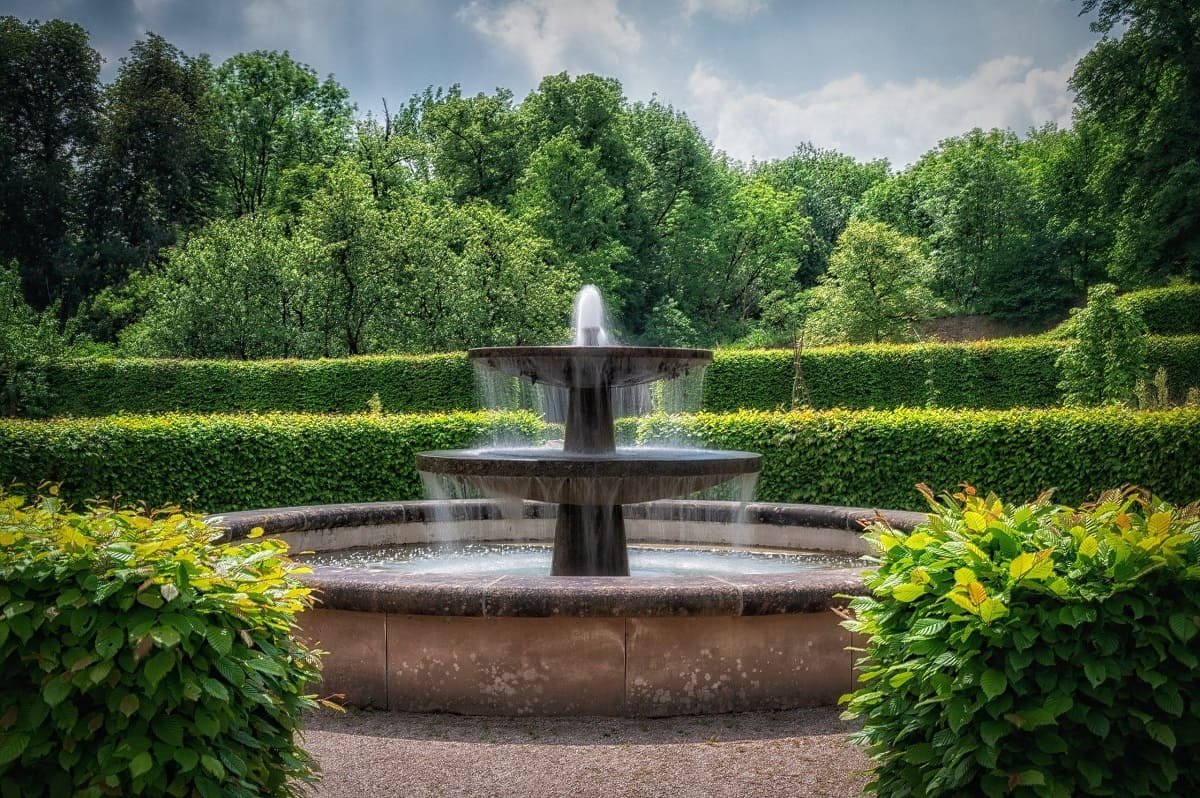
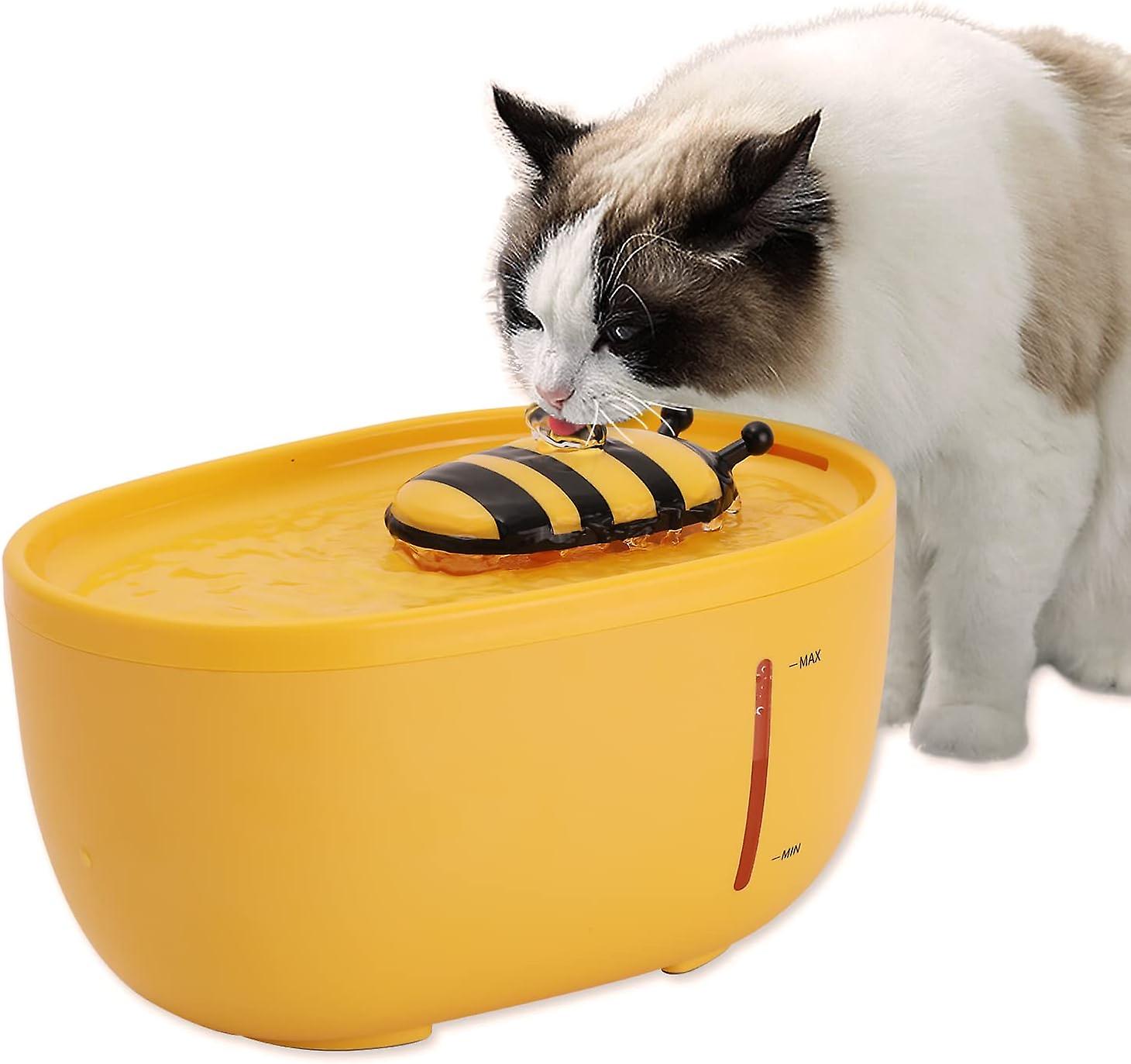
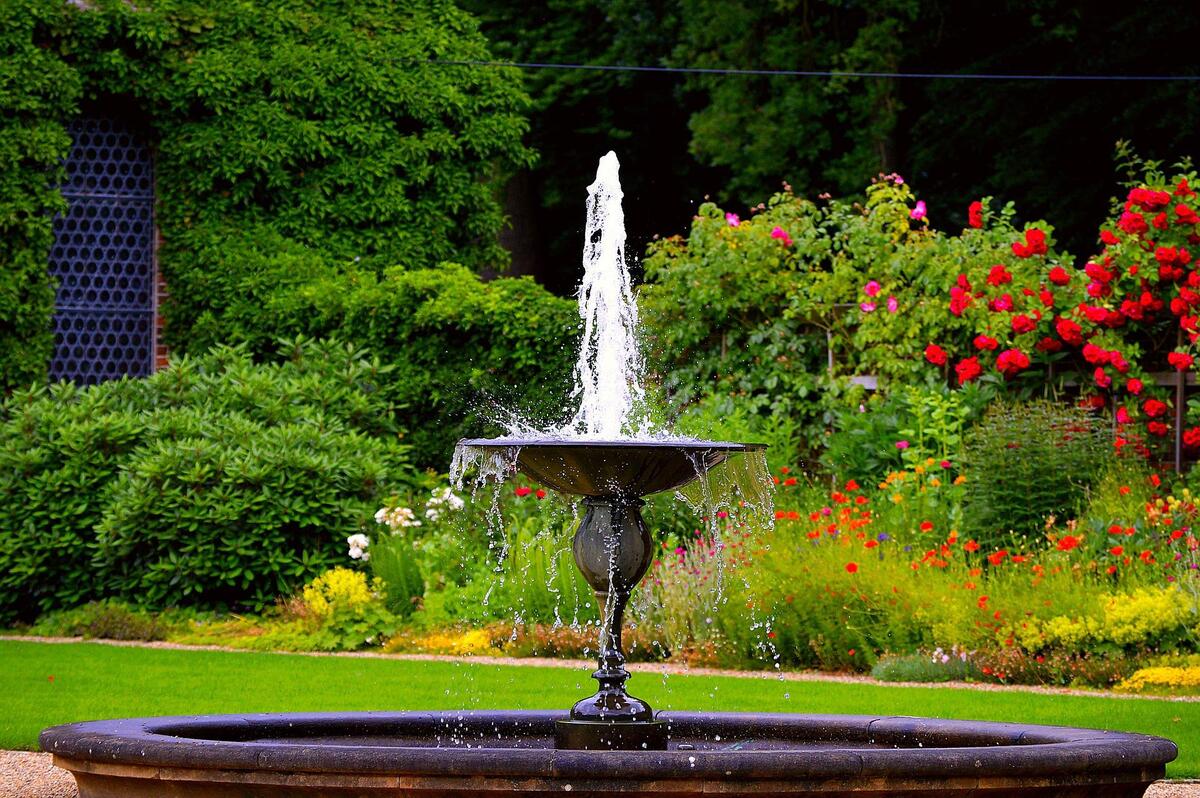
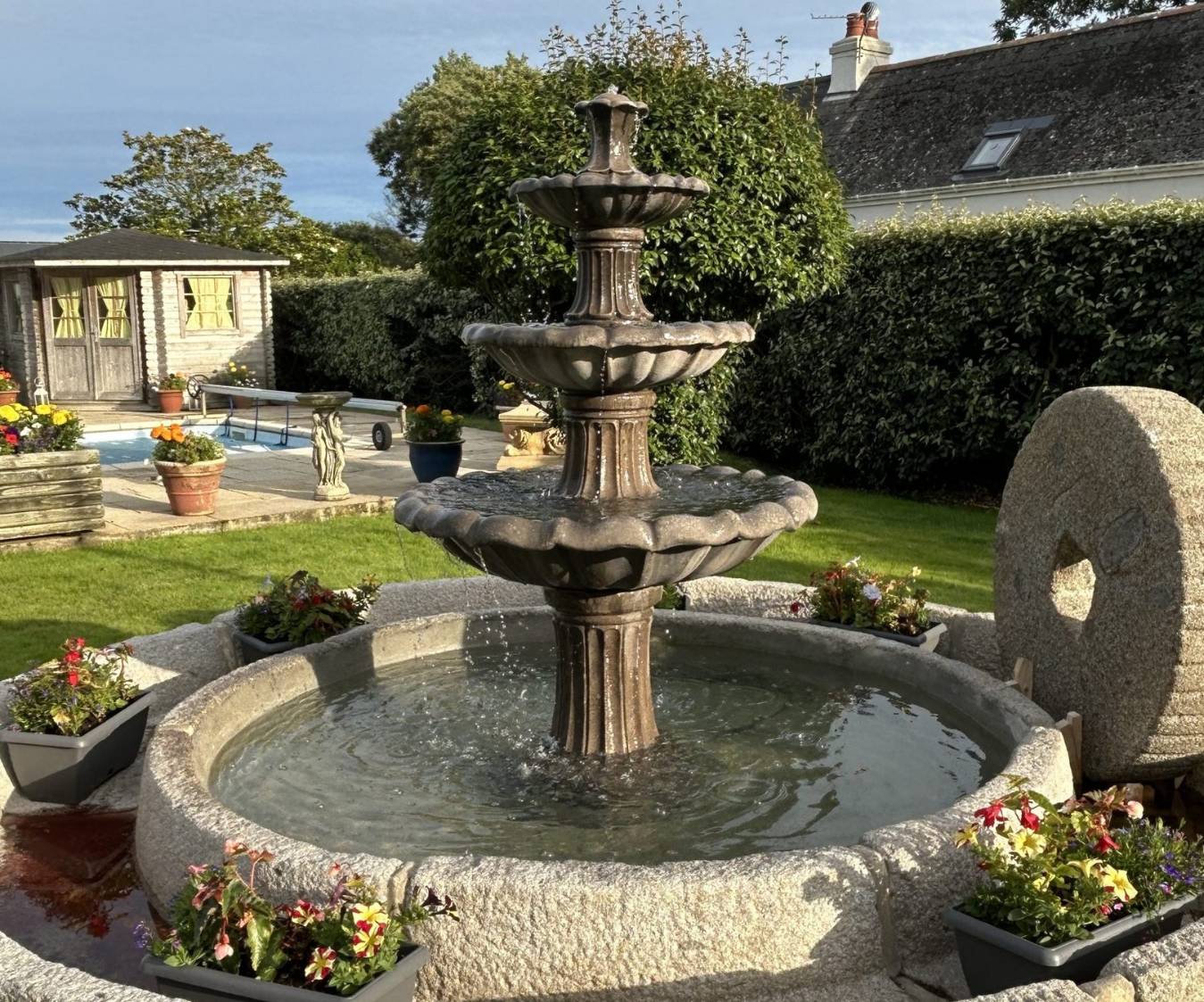
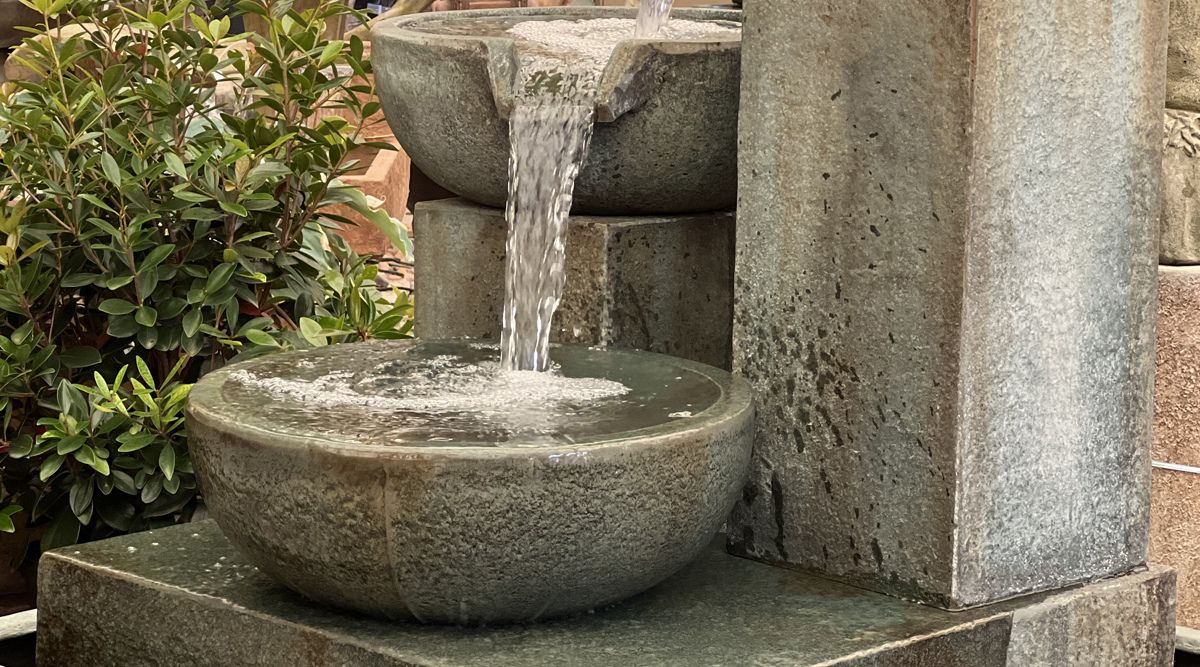
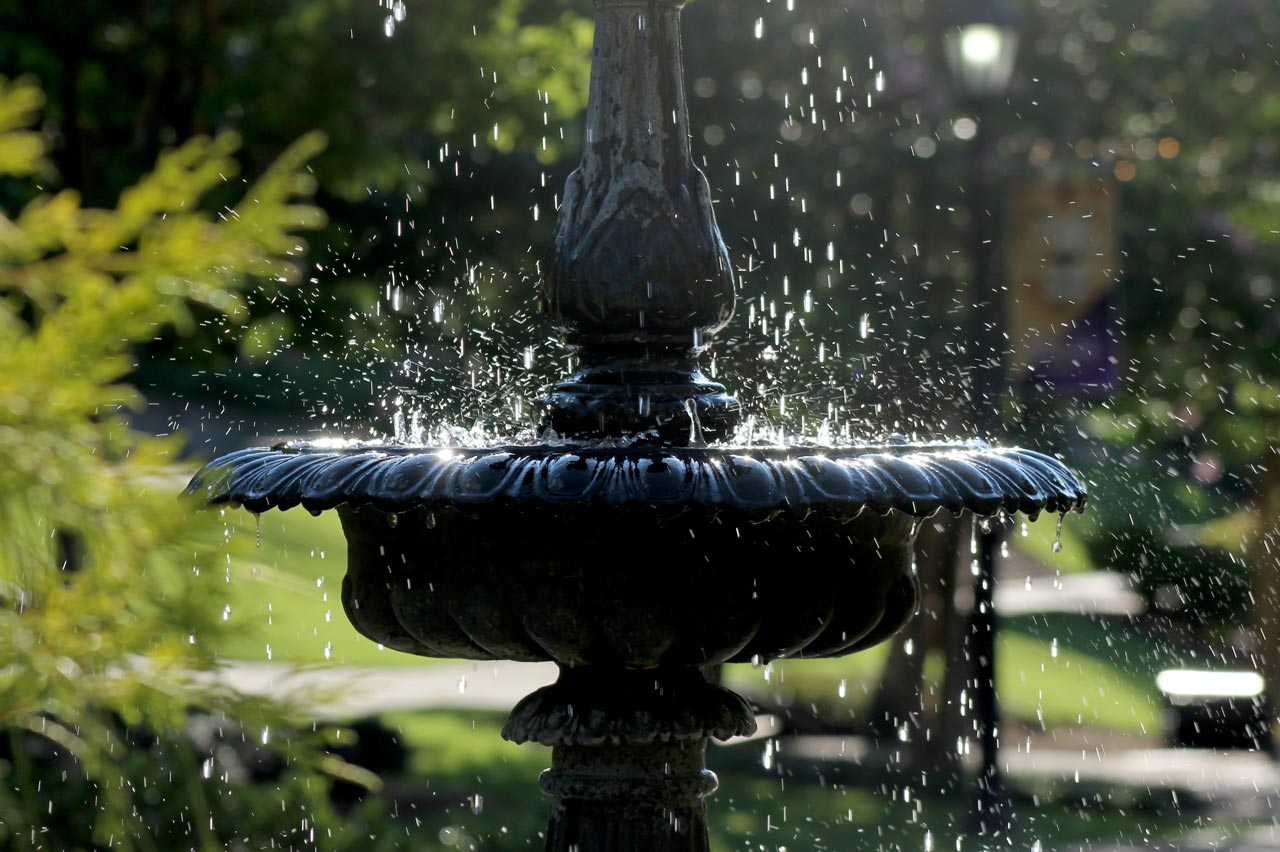
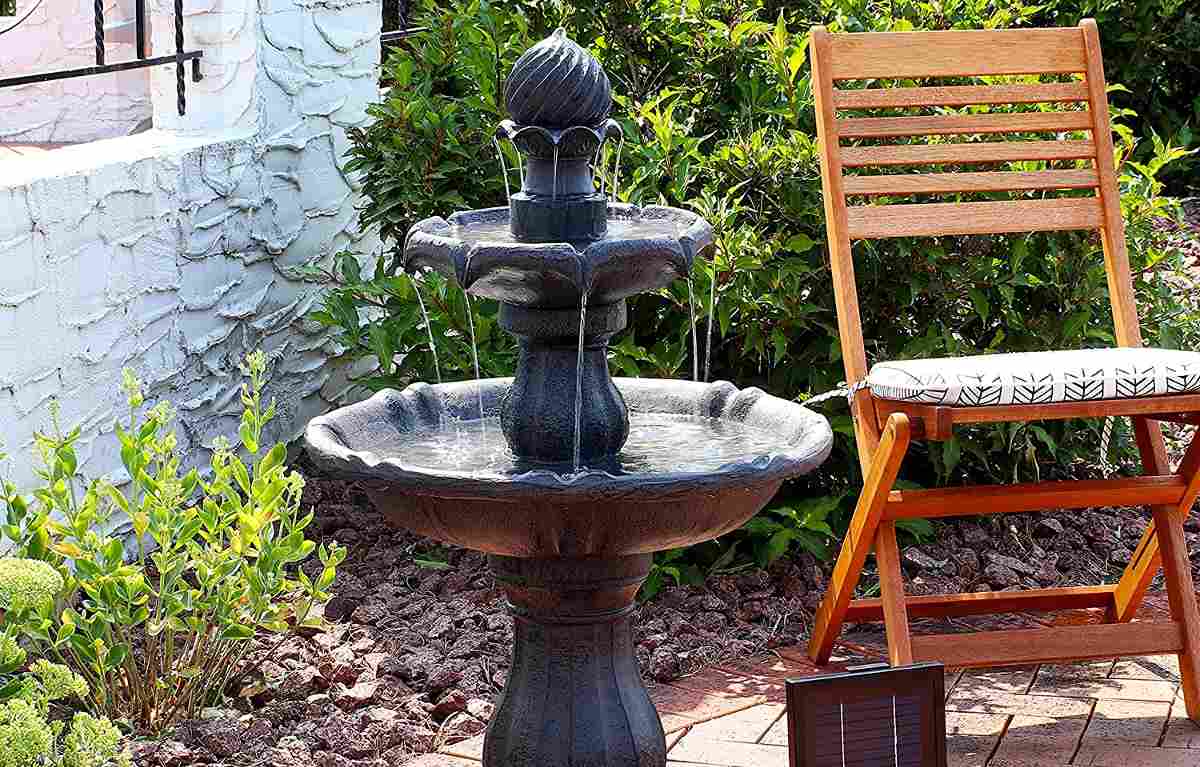
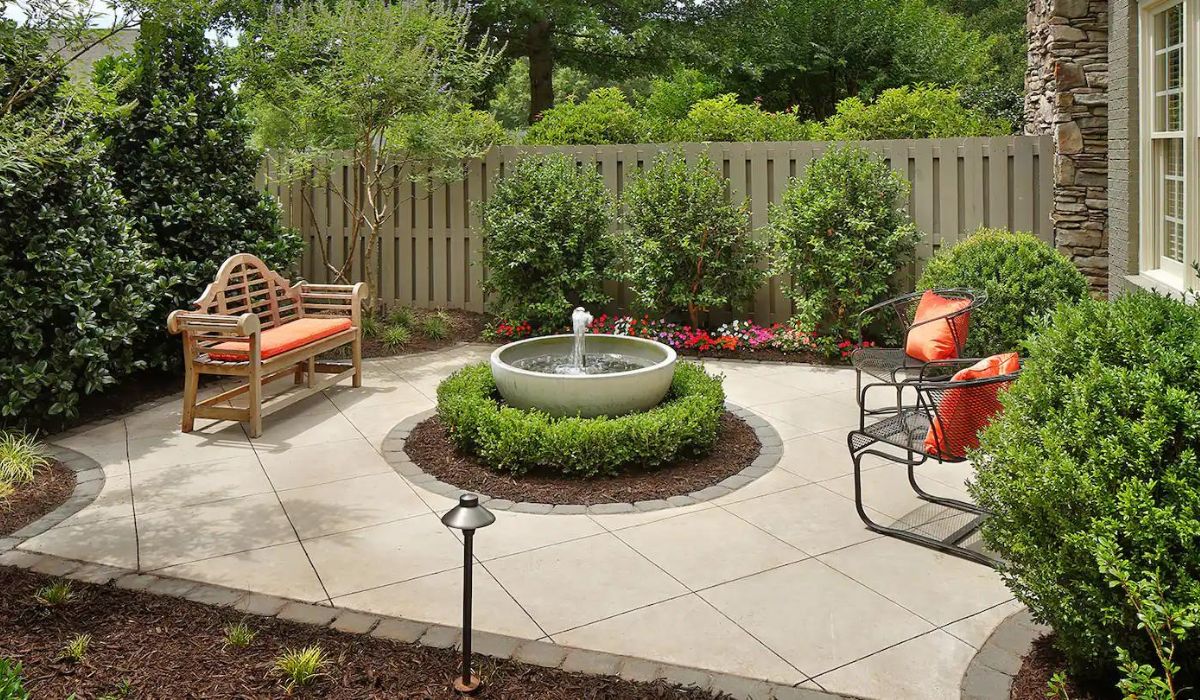

0 thoughts on “How To Make Outdoor Water Fountain”